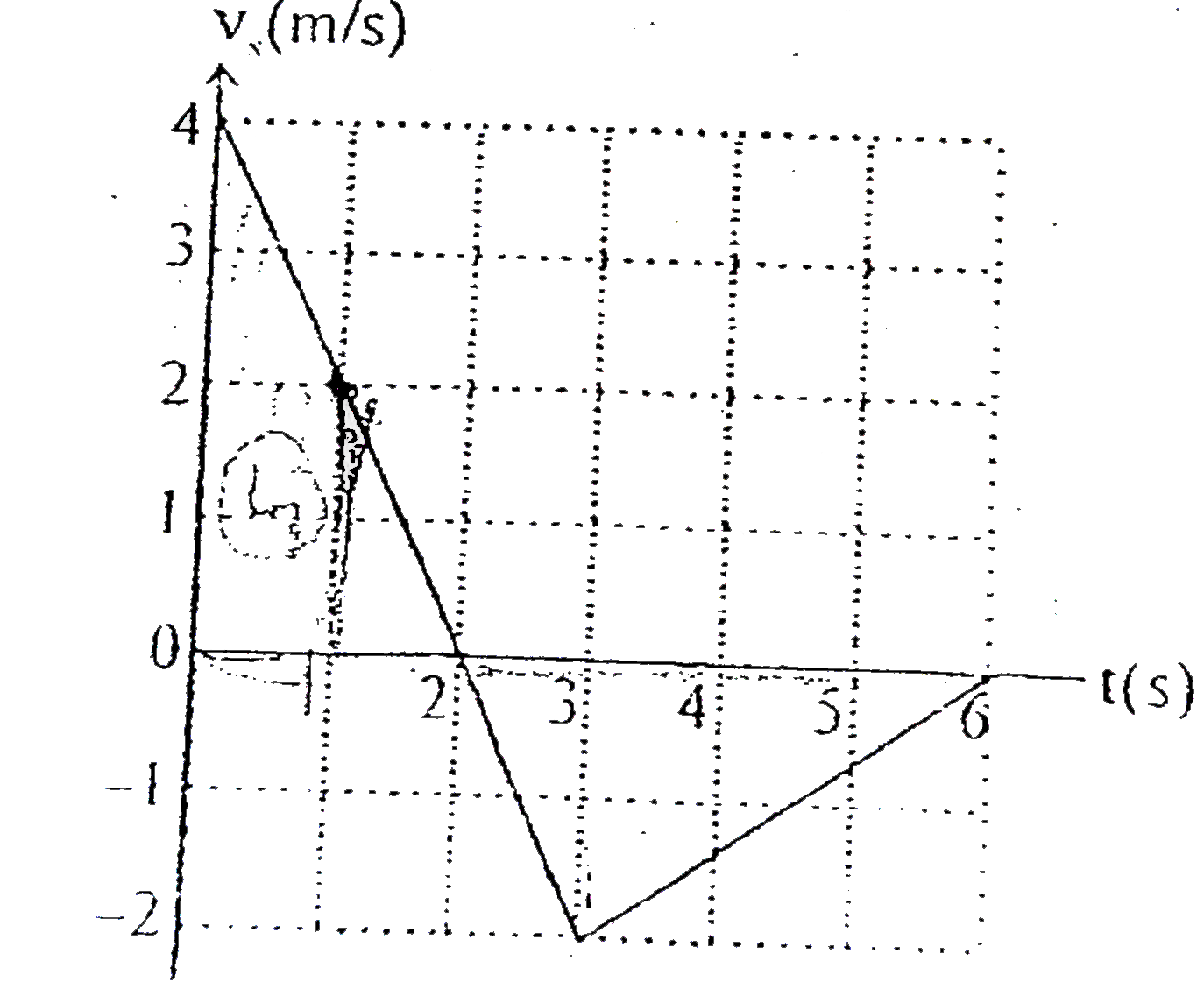An experimenter's diary reads as follows: ''a charged particle is projected in a magnetic feld of (7.0→i−3.0→j)X10−3 T. The acceleraation of the particle is found to be (□→i+7.0→j)X10−6ms−2'.Theνmber→≤ftofveci in the last expression was not readable. What can this number be?
To solve the problem step by step, we will analyze the given information and apply the relevant physics concepts.
Step 1: Identify the Given Information
We have the following information:
- Magnetic field →B=(7.0^i−3.0^j)×10−3T
- Acceleration →a=(x^i+7.0^j)×10−6m/s2, where x is the unknown value we need to find.
Step 2: Understand the Relationship between Force, Magnetic Field, and Acceleration
The force acting on a charged particle in a magnetic field is given by:
→F=q(→v×→B)
where q is the charge of the particle and →v is its velocity.
According to Newton's second law, the force can also be expressed as:
→F=m→a
where m is the mass of the particle and →a is its acceleration.
Step 3: Use the Condition of Perpendicularity
For the charged particle's motion in a magnetic field, the acceleration →a and the magnetic field →B must be perpendicular to each other. This means that the dot product of →B and →a should be zero:
→B⋅→a=0
Step 4: Calculate the Dot Product
Substituting the expressions for →B and →a:
(7^i−3^j)⋅(x^i+7^j)=0
Calculating the dot product:
7x+(−3)(7)=0
This simplifies to:
7x−21=0
Step 5: Solve for x
Now, we can solve for x:
7x=21⟹x=217=3
Final Answer
Thus, the number to the left of ^i in the acceleration expression is:
3
We have the following information:
- Magnetic field →B=(7.0^i−3.0^j)×10−3T
- Acceleration →a=(x^i+7.0^j)×10−6m/s2, where x is the unknown value we need to find.
The force acting on a charged particle in a magnetic field is given by:
→F=q(→v×→B)
where q is the charge of the particle and →v is its velocity.
→F=m→a
where m is the mass of the particle and →a is its acceleration.
For the charged particle's motion in a magnetic field, the acceleration →a and the magnetic field →B must be perpendicular to each other. This means that the dot product of →B and →a should be zero:
→B⋅→a=0
Substituting the expressions for →B and →a:
(7^i−3^j)⋅(x^i+7^j)=0
Calculating the dot product:
7x+(−3)(7)=0
This simplifies to:
7x−21=0
Now, we can solve for x:
7x=21⟹x=217=3
Thus, the number to the left of ^i in the acceleration expression is:
3
Topper's Solved these Questions
- MAGNETIC FIELDBook:HC VERMA ENGLISHChapter:MAGNETIC FIELDExercise:QUESTIONS FOR SHORT ASNWER
Explore 10 Videos
- MAGNETIC FIELDBook:HC VERMA ENGLISHChapter:MAGNETIC FIELDExercise:objective2
Explore 9 Videos
- MAGNETIC FIELDBook:HC VERMA ENGLISHChapter:MAGNETIC FIELDExercise:objective 1
Explore 10 Videos
- LIGHT WAVESBook:HC VERMA ENGLISHChapter:LIGHT WAVESExercise:Question for short Answer
Explore 11 Videos
- MAGNETIC FIELD DUE TO CURRENTBook:HC VERMA ENGLISHChapter:MAGNETIC FIELD DUE TO CURRENTExercise:questions for short answer
Explore 12 Videos
Similar Questions
A charged particle projected in a magnetic field
B=(3ˆi+4ˆj)×10−2T
The acceleration of the particle is found to be
a=(xˆi+2ˆj)ms2
find the value of x
View SolutionA charged particle projected in a magnetic field
B=(3ˆi+4ˆj)×10−2T
The acceleration of the particle is found to be
a=(xˆi+2ˆj)ms2
find the value of x
View SolutionA point charge +q0 is projected in a magnetic field →B=(ˆi+2ˆj−3ˆk). If acceleration of the particle is →a=(2ˆi+bˆj+ˆk) then value of b will be
View SolutionThe magnetic force acting on a charged particle of charge −2μC in a magnetic field of 2T acting y direction, when the particle velocity is (2i+3ˆj)×106ms−1, is
View SolutionA proton is projected with a velocity of 3X106ms−1 perpendicular to a uniform magnetic field of 0.6 T. find the acceleration of the proton.
View SolutionA magnetic field of (4.0X10−3→k) T exerts a force of (4.0→i+3.0→jx10−10 N on a particle having a charge of 1.0X10−9 C and going in the x-y plane. Find the velocity of the particle.
View SolutionVx is the velocity of a particle of a particle moving along the x−axis as shown. If x=2.0m at t=1.0s, what is the position of the particle at t=6.0s?

View SolutionA particle has initial velocity (2→i+3→j) and acceleration (0.3→i+0.2→j). The magnitude of velocity after 10 seconds will be
View SolutionAn alpha particle is projected vertically upward a speed of 3.0X104kms−1 in a region where a magnetic field of magnitude 1.0 T exists in the direction south to north. Find the magnetic force that acts on the a particle.
View SolutionThe position vector of a particle is determined by the expression →r=3t2ˆi+4t2ˆj+7ˆk. The displacement traversed in first 10 seconds is :
View Solution